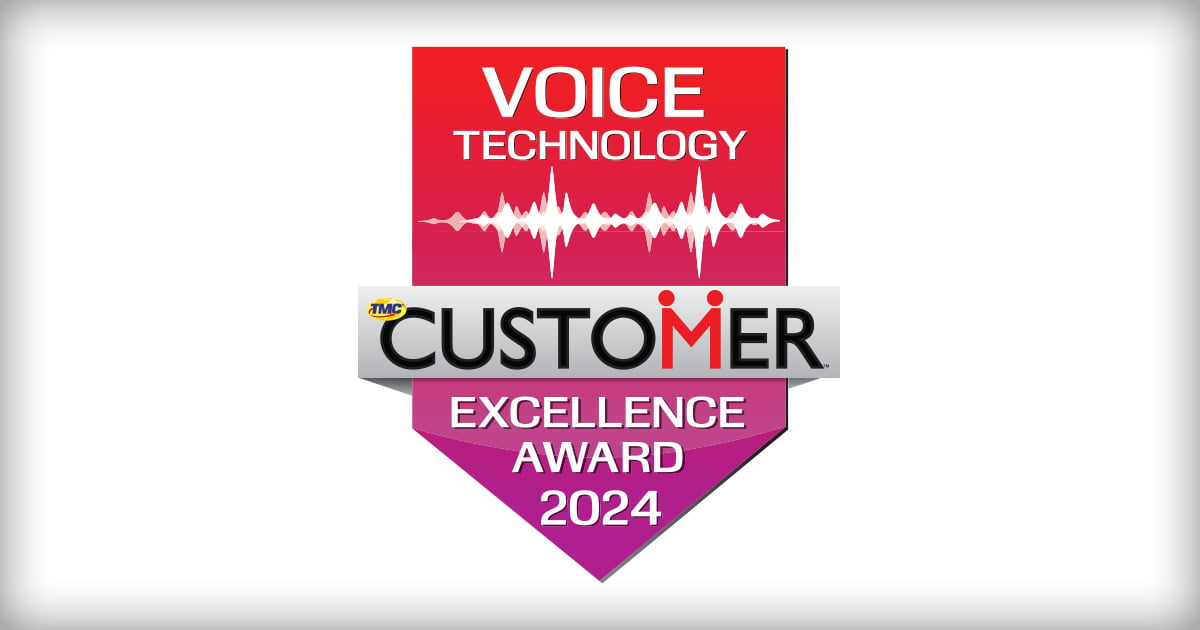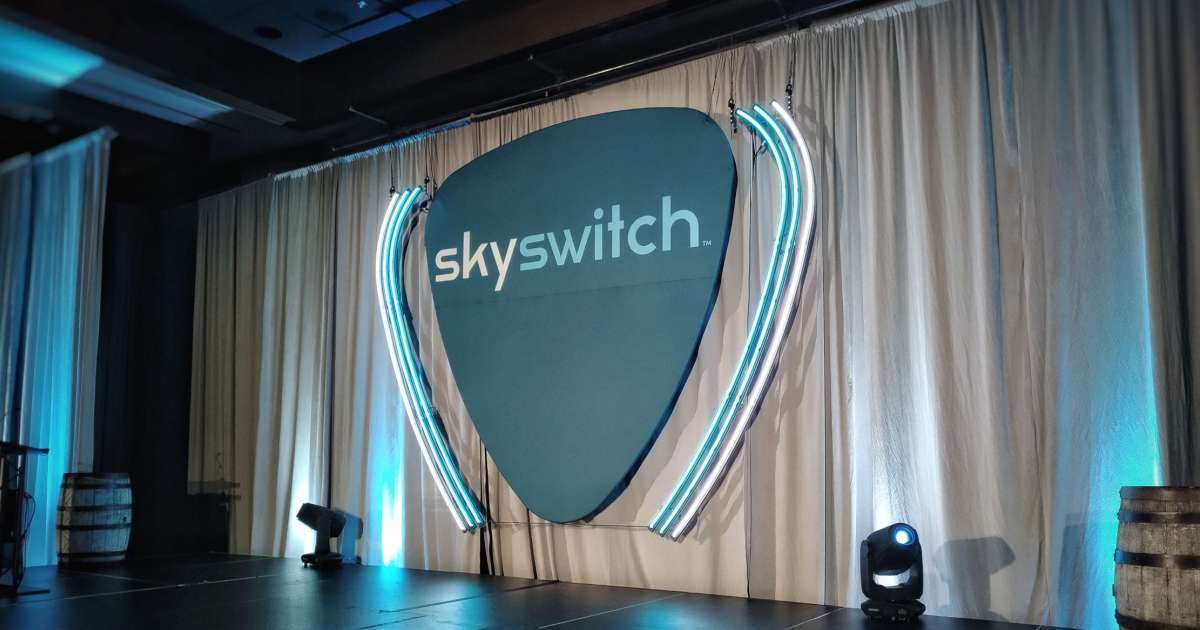I recently conducted a data-centered webinar along with Walt Tetschner, President of Tern Systems Consulting and Publisher of Automatic Speech Recognition News. The results of Walt's recent study into the call handling practices of more than 2500 top U.S. businesses were startling, and led me to one simple conclusion -- companies hate their callers. That's the only logical conclusion according to the data.
In defense of this statement, I present this graphic, which depicts the main call handling method used at these companies:
Source: Tern Systems Consulting, 2015 Telephone Self Service Study
As you can see, DTMF Directed Dialog solutions ("Please listen carefully, as our options have changed. To reach sales, press 1. To reach service, press 2. To reach…") dominate across all industries. It's not even close in most instances!
Let's put that in perspective. New communication mediums, protocols, and interaction methods are coming at us faster than we can blink. Yet, almost 2 out or three large businesses in the U.S. are using 1970's/1980's era technology to connect callers?! Yup.
Now it may seem logical to assume that those new communication mediums, protocols, and interaction methods are what customers are using to communicate with businesses today. However, even though usage of new communication methods have grown slightly over the past few years, ContactBabel's 2015 U.S. Contact Center Decision Maker's Guide shows that more than 3/4 of inbound customer interactions will take place vie the most dependable, familiar, responsive, and immediate avenue customers possess -- the telephone.
Call Handling Methods
Let's take a minute to explore the different call handling methods outlined in Walt's study in greater detail:
Live Answer
Era: nearly since the incept of telephony
Interaction Method: operator/agent answers each call and fulfills the caller's request
Notes: preferred by callers (until all operators are busy, then they just want self-service); most capable and flexible solution to meeting varied caller requests; presents significant staffing and management challenges; very expensive
DTMF Directed Dialog
Era: late 1970s/early 1980s to present
Interaction Method: computer answers the phone, tells the caller how to use the system, and offers a list of options to choose from, and makes them select the right button to press
Notes: hated by callers; instructions and option lists can take minutes to listen to; unable to meet all caller requests; can sometimes "trap" callers and make it difficult to get to a person
Speech Directed Dialog
Era: late 1990s to present
Interaction Method: instructs caller types of requests they can make and how to phrase the request; allows caller to speak their request rather than pressing a keypad
Notes: disliked by callers; requires lengthy instructions; unable to meet all caller requests; can sometimes "trap" callers and make it difficult to get to a person; better "hands-free" option; quicker than DTMF
Speech w/ Natural Language
Era: 2010s to present
Interaction: greets callers and asks for their destination in the same manner as a live operator; helps guide callers needing help, or determines when a caller needs an operator
Notes: preferred by callers over other automated technologies (some callers may not even realize it wasn't a person); conforms to the needs of the caller; fast and simple
As can be seen above, Speech w/ Natural Language capabilities is arguably the most caller-friendly call handling technology available today. Even so, usage of this technology accounts for less than 1% of large businesses in the U.S. Even Speech Directed Dialog, which at least offers a slight improvement over DTMF by allowing callers just to speak their request, lags significantly behind DTMF, representing merely 22% of U.S. companies compared to more than 60% for DTMF.
Caller preferences for a certain type of call handling method really come down to a function of time and effort. Caller expectations tell them that a company should offer them an operator when they call – someone who can understand their request and quickly fulfill it. When callers encounter a computerized, automated solution, pervious experiences tell them that it will take too long and require too much effort. Their response in many cases is it to “zero out” to an operator/agent or just hang up.
As a result, ineffective auto attendants and IVRs are a common source of customer complaints in many surveys. But why aren’t companies doing more to solve this problem. The technology is here. Heck, its not even that expensive anymore to offer callers an automated solution that sounds and acts like a live operator/agent (at a fraction of an operator/agent’s cost).
There are many different factors that could be at play in the ongoing dominance of 30 year old technology for connecting callers. Some of the more common ones I’ve heard back from telecom analysts, contact center managers, and so on, include the following:
Decision Makers Don’t Feel the Pain Change is Difficult We Don’t Have the Budget to Change
Summary
Most companies provide mediocre to poor service to customers interacting through the #1 most popular engagement medium – the telephone. New technologies, however, are here and can help take some of the load off of operators/agents without the detriments of traditional automated solutions. Rather than proving to callers you don’t value them, flip the equation. Make their call feel valued by giving them the latest interaction technology available. But then again, it might be so good they might not even notice it.
Edited by
Stefania Viscusi





